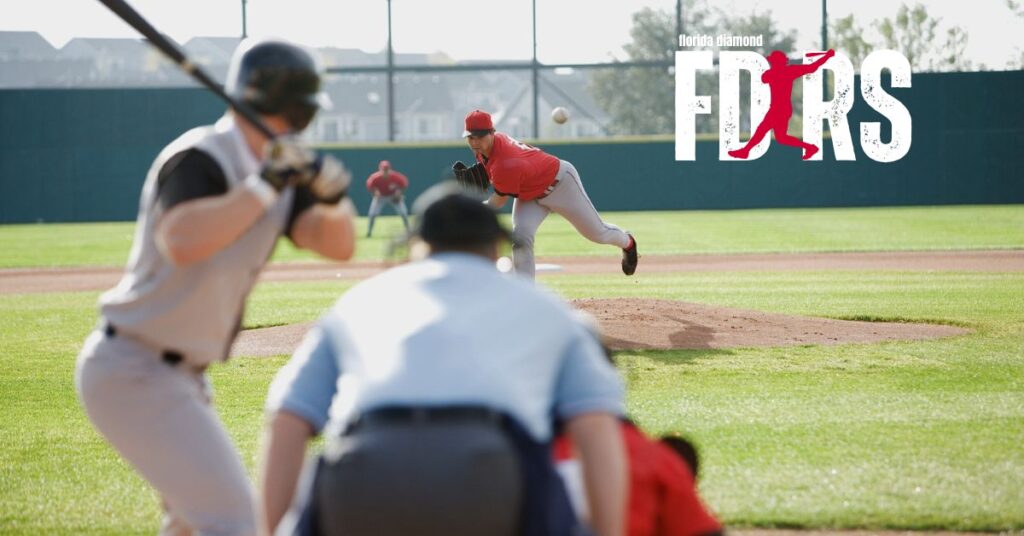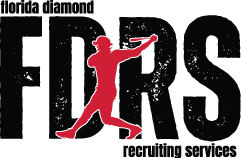📍Located in Fort Lauderdale, Florida

Now that the summer travel season is over and the fall high school and travel seasons are winding down, the remaining time between now and the start of the high school season has tremendous value.
We are going to go over how a player’s time should be spent during this time period to maximize this “offseason.”
INDIVIDUAL SCHOOL CAMPS
Many colleges and universities will be hosting their own prospect camps. Keep in mind this is the only way for D1 schools to evaluate in person until March 1st, 2024. The in-person evaluation rule timeline does not apply to D2/D3, NAIA, and JUCO.
The first step is to identify which schools you have some initial interest in and see what prospect camps they may be hosting. Some schools have also added an ongoing weekly hitting camp, defensive, and/or pitching camp. Those types of camps would have to be local to you, the player, as they are usually in the evening during the week on a regular basis. The younger the player, the broader the scope of schools to consider would be a baseline suggestion. As you get into your junior year and beyond, the focus should be more of a narrowing process of potentially realistic schools, both academically and athletically. A couple of examples would be:
- You are a freshman or sophomore. Have a few dream schools on your list. Self evaluation is toughest here because your are in the early stages of your high school career. * Remember, it is different now than previous years. D1 coaches cannot make any contact with a player prior to Aug.1st of their junior year. Same goes for the player. This may make it harder to gauge where you fit without any sound advice or player comparison. In addition to athletic and/or academic dream school(s), consider attending a camp at a local college, regardless of level. This may give you an idea of what a prospect camp entails. It also may shed a light on what the competition that you are competing against looks like as well. As we have mentioned in previous blog posts. The summer after your sophomore year, heading into your junior year, holds the most impact.
- You are a junior, an excellent student, and have higher academic D1 aspirations, such as the Ivy Leagues, Patriot League, etc. Your timeline is still within reason to target those type of schools prospect camps. These type schools will require a more complete body of work academically before they can seriously consider a prospective student-athlete with regards to a scholarship offer.
- Another example of a junior student-athlete would be the following. You are an average to better student. Potentially a late bloomer athletically, or maybe having missed some time due to injury the previous spring/summer. That type scenario lends itself to looking at some mid-major D1 schools prospect camps if the ability level of the player is on par. The chances of those types of schools having opportunities at this point in your grad class tend to be higher. Keep in mind, recruiting at all levels including D2/D3/NAIA/and JUCO starts earlier than in the past. It is a good idea to get yourself in front of a school or two at the levels other than a D1 during this timeline. You may find the perfect fit by doing this.,
- For those in their senior years at this point, it is more than likely a time to focus on D2/D3/NAIA/JUCO prospect camp at this point. While there are exceptions to this, the likely scenario of a D1 school still having a need for your class is less and less likely. Some outliers to that thought may be the position of the player (ideally a LHP or RHP) as everyone, including the major leagues, is always on the lookout for pitching.
The above scenarios are general examples with regard to grad year, and level/division of play. There are a multitude of factors that go into making a camp attendance decision. Each player has a unique set of circumstances that factor into those decisions. Position, academics, level of play by the player and the school are factors that make each set of circumstances different for each player. Getting sound advice can save valuable time and family money when deciding on which schools are realistic and which schools are less and less likely to be a fit when deciding on attending a prospect camp.
STRENGTH AND CONDITIONING
We touched on this subject briefly in a previous blog post. College baseball is no different than any other sport in today’s day and age. Today’s players are bigger, faster, and stronger, than players of previous generations. The training that is available and nutrition information for today’s player far exceeds what was available 5-10 years ago, let alone in the 80’s, 90’s, and early 2000s. College baseball programs across all levels have invested heavily in their strength and conditioning programs.
So what does this mean for the current high school player? Get in the weight room! Whether it is with your high school program or whether you seek out a quality, certified strength and conditioning coach, it is imperative that you put the work in. It is clearly a challenge for players to train and make gains during the summer circuit. (It can still be done with a sound plan that is adaptable and flexible throughout the summer.) Now that the fall is winding down or has already finished, this period of time is ideal to focus on a quality strength and conditioning program. Ideally, you will have already begun at some point this fall. It is never too late to begin. College baseball, no matter what the level, will be a faster game than played at the high school level. There is always an adjustment period demand wise physically, as well as environmentally and socially. Those are things that can’t be controlled until experienced. Strength and conditioning can be controlled prior to stepping foot on campus.
The fall/winter is an ideal time to embark on a supervised strength and conditioning program. The level of intensity and frequency will obviously be predicated by what amount of on field playing is currently going on. The spring season should be an ideal time to at the very least maintain those strength gains with the same as the summer, depending upon playing/travel frequency. Once that summer circuit ends and after some downtime to rest body and mind. Yes! Rest body and mind. Then the fall/winter rolls around, and it is time to ramp up your strength and conditioning routine. Again, all dependent upon playing frequency, region of the country weather wise, etc.
In conclusion, with regard to strength and conditioning. It is never too late to start. Whether it is with your high school and/or an outside strength and conditioning coach, make sure it is relevant to the sport and position. It goes without saying. With anything you do, make sure the intensity/effort levels are high in order to reap the best potential benefits to your game.
Each student athlete has their own set of unique circumstances academically, athletically, physically, geographically, etc. Making an informed decision with regard to camp attendance, realistic level(s) of play, off season training, academic advising, financial aid, etc. all go into the recruiting process. The better educated and advised a family is, the greater the chances of finding the proper fit are.
For additional information on who we are and what we do, you can click on our logo up above.





